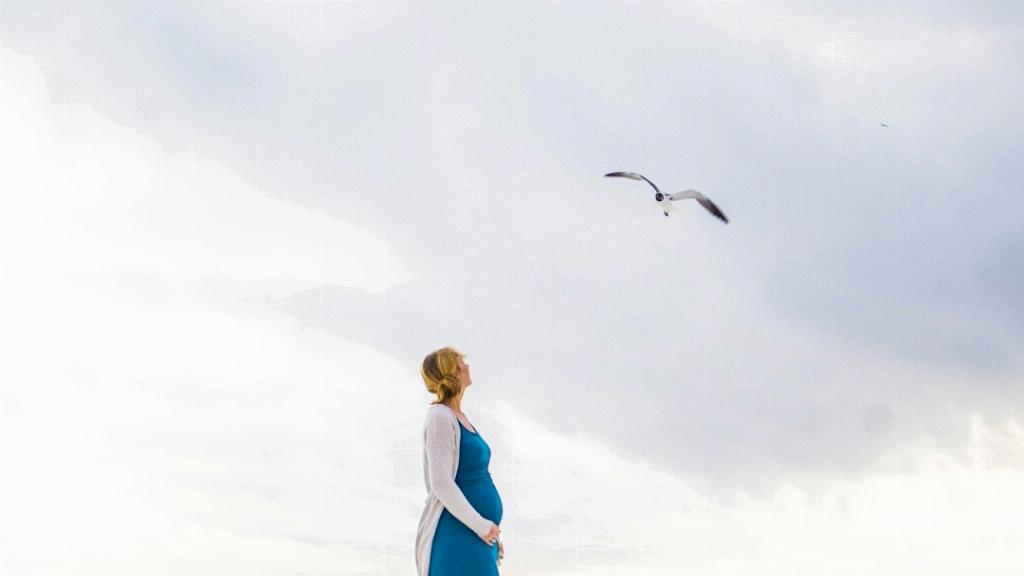When considering the question of when the uterus starts stretching during pregnancy, it is important to delve into the intricate process that the female body undergoes to support the growth and development of a baby. The uterus, also known as the womb, is a vital organ in a woman’s reproductive system, playing a central role in nurturing and protecting the fetus during pregnancy. As pregnancy progresses, the uterus undergoes significant changes to accommodate the growing baby, leading to sensations of stretching and discomfort.
Initiation of Uterine Stretching
One of the key milestones in pregnancy that marks the beginning of uterus stretching is around week 12 gestation. At this stage, the uterus has already started to expand and grow in preparation for the developing fetus. The processes of implantation and early embryonic growth trigger the hormonal changes that signal the uterus to start stretching to create the necessary space for the baby to grow within the womb.
Physical Sensations and Symptoms
As the uterus stretches to accommodate the growing fetus, women may experience various physical sensations and symptoms. One of the common signs of uterus stretching is pelvic pain, which can range from mild discomfort to sharp and intense sensations. This pain is typically felt in the lower abdomen and may radiate to the back and legs, reflecting the expanding and stretching of the uterine muscles and ligaments.
Location and Intensity of Pain
While uterus stretching pain is predominantly concentrated in the lower half of the body and front abdomen, women may also feel discomfort in the back and pelvis as the uterus expands to accommodate the developing baby. The intensity of the pain can vary from woman to woman and throughout different stages of pregnancy, with some experiencing mild twinges while others may have more pronounced discomfort.
Factors Influencing Uterus Stretching
Several factors can influence the timing and intensity of uterus stretching during pregnancy. The size and position of the baby, the mother’s individual anatomy, and the number of previous pregnancies can all play a role in how early and how intensely the uterus starts stretching. Additionally, hormonal changes and the gradual softening and stretching of the uterine muscles and ligaments contribute to the sensations of discomfort and pain.
Adapting to Uterus Changes
As the uterus continues to stretch to accommodate the growing fetus, women may find ways to adapt and cope with the physical changes and discomfort. Practicing gentle exercises, using supportive pillows, applying heat packs, and maintaining good posture can help alleviate some of the discomfort associated with uterus stretching pain. Communicating with healthcare providers about any persistent or severe pain is essential to ensure the well-being of both mother and baby.
Monitoring Uterus Growth
Regular prenatal visits and ultrasounds are crucial for monitoring the growth and development of the uterus and the baby throughout pregnancy. Healthcare providers can assess the size and position of the uterus, track the baby’s growth, and address any concerns or complications that may arise during the stretching process. Monitoring uterus growth allows for timely interventions and management of any issues that may impact the pregnancy.
Emotional Support
It is important for women to seek emotional support and understanding during pregnancy, especially when experiencing discomfort and pain due to uterus stretching. Pregnancy can bring about a range of emotions and physical changes, and having a strong support system in place, whether through partners, family, friends, or healthcare providers, can help women navigate the challenges and joys of this transformative journey.
Conclusion
In conclusion, the uterus starts stretching around week 12 of pregnancy as the body prepares for the growth and development of the baby. Understanding the physical sensations and symptoms associated with uterus stretching, as well as factors influencing the process and ways to cope with discomfort, is essential for women to navigate the changes that occur during pregnancy. By monitoring uterus growth, seeking emotional support, and communicating with healthcare providers, women can embrace the journey of pregnancy with resilience and confidence.

